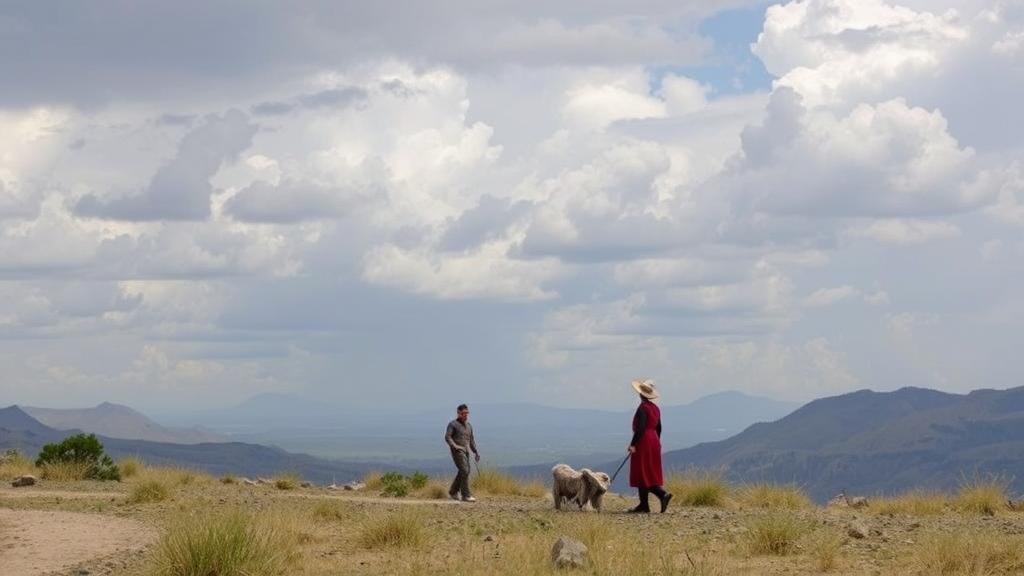Tracing the “Sacred Trail of Feathers,†where ancient offerings to sky gods are found.
Tracing the “Sacred Trail of Feathersâ€: Ancient Offerings to Sky Gods
The “Sacred Trail of Feathers†encapsulates a rich historical narrative interwoven with the spiritual practices of ancient cultures that revered sky gods. This exploration delves into the significance of feather offerings, the archaeological evidence of their existence, and their enduring legacy in modern spiritual and cultural contexts.
The Cultural Importance of Feathers
Feathers have played a pivotal role in various ancient civilizations, often symbolizing divine connection, communication with the heavens, and transition between earthly life and the sky. For example, among the Indigenous peoples of the Americas, feathers from specific birds like the eagle or the condor were considered sacred and were used in rituals and ceremonies to invoke blessings and protection.
- The eagle feather, which is often worn by Native American chiefs and warriors, symbolizes honor and freedom.
- In Mesoamerican cultures, such as the Aztecs, quetzal feathers were used in offerings to gods like Quetzalcoatl, representing fertility and life.
Historical Context of the Trail
The concept of a Sacred Trail of Feathers can be traced back to numerous ancient civilizations, with some of the most noteworthy examples found in present-day Mexico and Peru. Archaeological discoveries have demonstrated that feathered offerings were integral to spiritual practices as early as 1200 BCE.
In the Nazca culture, located in southern Peru, large geoglyphs crafted in the arid deserts often depicted bird motifs, suggesting reverence and connection to avian spirits. The famed Nazca Lines, which include images such as hummingbirds and spiders, are a testament to their symbolic importance.
Archaeological Findings
Significant archaeological findings contribute to the understanding of the Sacred Trail of Feathers. Excavations in the Andean region have unearthed bundles of feathers buried alongside human remains, indicating that these offerings played a vital role in funerary practices. For example, at the site of Sipan, Peru, archaeologists discovered elaborate tombs that contained feathered headdresses and cloaks, which were believed to enable the deceased to ascend to the heavens.
Also, the discovery of feathered ornaments, such as the vibrant feathered tunics of the Moche civilization, reveals the broad use of feathers in both societal and religious contexts. Dating back to 100-800 CE, these garments were often intricately constructed from the feathers of exotic birds, demonstrating the high value placed on these materials.
The Legacy of Feather Offerings
The legacy of feather offerings continues to resonate in modern spiritual practices. Many contemporary Indigenous groups still engage in ceremonial feather offerings, maintaining a connection to their ancestors and the spiritual realm. For example, in powwows across North America, prayer feathers are used to enhance spiritual connection and invite divine blessing. These practices exemplify the enduring tradition of honoring the sky gods, echoing the ancient beliefs that feathers encapsulated.
Conclusion: The Enduring Sacred Trail
Tracing the “Sacred Trail of Feathers†provides valuable insights into the spiritual lives of ancient cultures and the importance of avian symbols in their practices. The archaeological evidence, alongside the continued reverence for feathers in modern traditions, illustrates a profound connection to the divine and offers a glimpse into how humanity has sought to bridge the earthly and celestial realms throughout history.
As visitors explore the sites that comprise this sacred trail, they can reflect on the timeless significance of these ancient practices and their relevance in contemporary spirituality. Engaging with these traditions is not only an act of preservation but also a recognition of the deep-rooted connection we share with nature and the cosmos.



